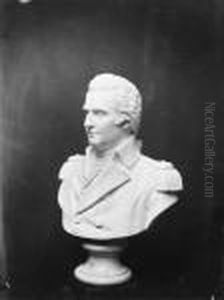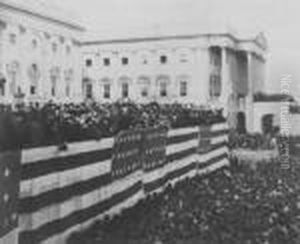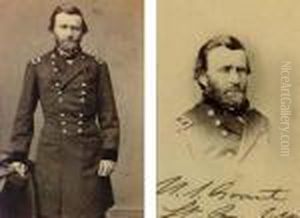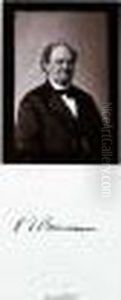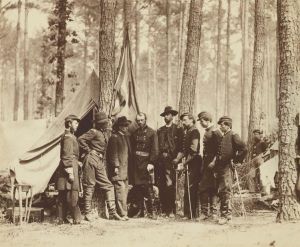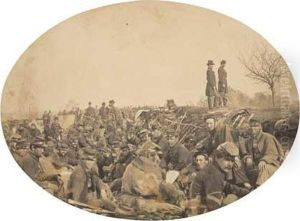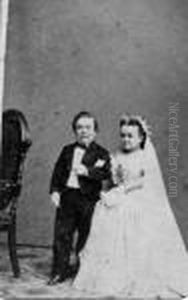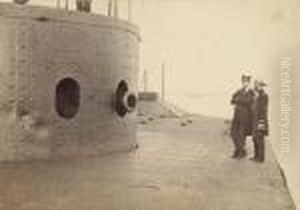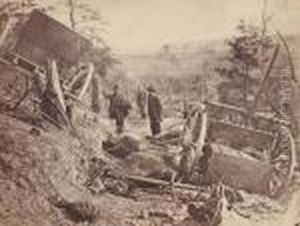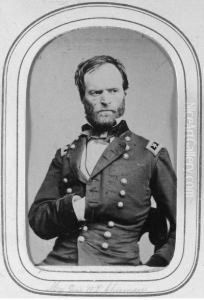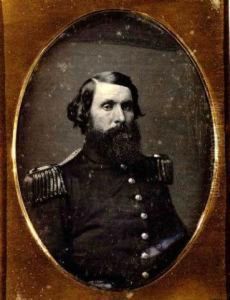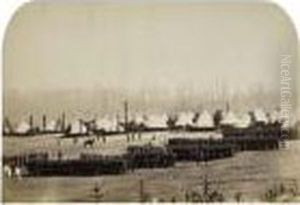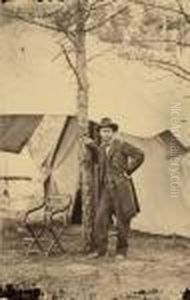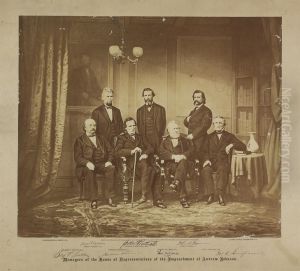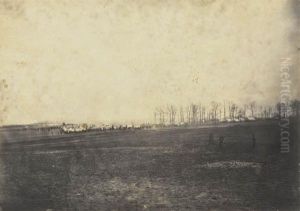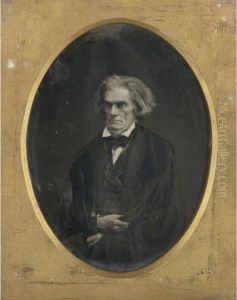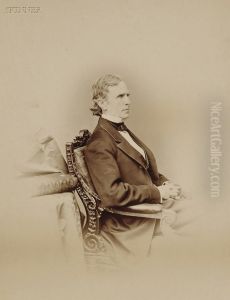Mathew B. Brady Paintings
Mathew B. Brady, often hailed as the father of photojournalism, was an American photographer who made substantial contributions to documenting the American Civil War. Born around 1822 in Warren County, New York, Brady developed an interest in photography in his youth, a passion that would define his career and contributions to American history. In the 1840s, he studied under inventor Samuel F. B. Morse, who introduced him to the daguerreotype process, the first practical method of photography. Brady opened his own photography studio in New York City in 1844, and by the 1850s, he had become a renowned portrait photographer, capturing images of many significant figures of his time, including Andrew Jackson, John Quincy Adams, and Abraham Lincoln.
Brady's most significant contribution came with the outbreak of the Civil War in 1861. He envisioned a comprehensive photo-documentation of the war, an ambitious project that had never before been attempted. Investing a great deal of his personal fortune, Brady organized a team of photographers, including Alexander Gardner and Timothy H. O'Sullivan, to follow the Union armies and document the war. This endeavor resulted in thousands of photographs that captured the essence and horror of war, from battlefield landscapes to portraits of soldiers and generals. Despite the importance of his work, Brady faced financial difficulties due to the government's lack of interest in purchasing his photographs after the war, leading to bankruptcy.
Brady's health and fortune declined in his later years, and he died in poverty in New York City on January 15, 1896. Despite his tragic end, Brady's legacy lives on through his pioneering work in photography. His Civil War photographs provided a new perspective on war, showcasing its realities to the public and laying the groundwork for modern photojournalism. Brady's collection, preserved in various archives, remains a priceless historical resource, offering insight into one of the most tumultuous periods in American history.
